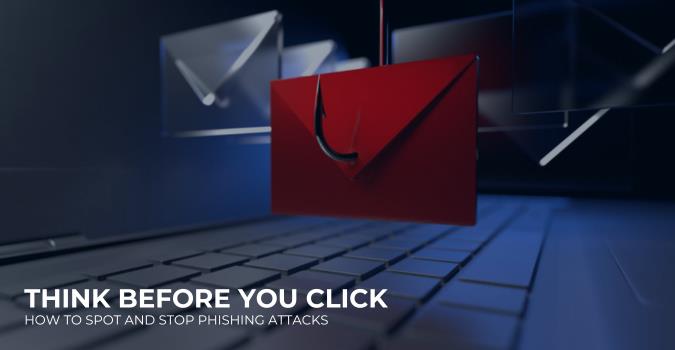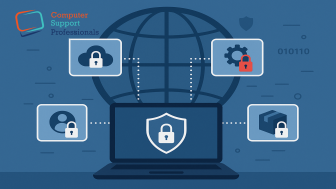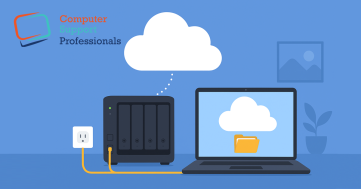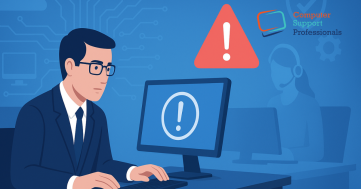Phishing cyber attacks are one of the most common and dangerous cyber-attacks facing businesses today. They’re designed to trick your employees into giving up sensitive information, downloading malware or handing over access to your systems.
The worst part? They’re getting more sophisticated by the day.
But with the right knowledge and a secure IT infrastructure, your business doesn’t have to be an easy target. Here’s how to protect your business from phishing attacks and stay one step ahead of cybercriminals.
What Is Phishing?
Phishing is an attempt by cybercriminals posing as legitimate institutions, usually via email, to obtain sensitive information from targeted individuals. This can be through:
- Clicking a malicious link
- Entering login credentials into a fake website
- Downloading a corrupted file
- Transferring money to a fraudulent account
These attacks often occur via email, but they can also happen through SMS, voice calls, or messaging apps.
Why Small and Medium Businesses Are Prime Targets
You might think only large companies are targeted—but small and medium-sized businesses are often seen as easier prey. Why?
- Fewer cybersecurity resources
- Less employee training
- More likely to use unprotected tools or outdated systems
Cybercriminals know this and they take advantage of it.
How to Protect Your Business from Phishing Attacks
Here’s a layered approach that combines tech, training and policy.
1. Educate Your Team
Your people are your first line of defence. Make sure they know:
- What phishing looks like
- How to spot suspicious emails (e.g. urgent tone, misspellings, odd email addresses)
- Not to click unknown links or attachments
- To verify requests for payments or logins, even if it looks like it’s from the CEO
Tip: Run regular phishing simulations to test and reinforce awareness.
2. Use Email Filtering and Anti Phishing Tools
Invest in email security tools that can:
- Detect and quarantine phishing emails
- Scan links and attachments in real time
- Warn users about potential threats
Platforms like Microsoft Defender for Office 365 is a great starting point for small businesses.
3. Enable Multi-Factor Authentication (MFA)
Even if login credentials are compromised, MFA adds an extra layer of protection. Make MFA mandatory for:
- Email accounts
- Cloud applications
- Remote access tools
It’s one of the simplest and most effective ways to stop phishing attacks from succeeding.
4. Keep Software and Systems Updated
Phishers often exploit unpatched systems. Make sure:
- All devices have the latest security updates
- Antivirus and anti-malware software are active and up to date
- Firewalls and email gateways are properly configured
If you’re working with an IT support provider, they can automate this process for peace of mind.
5. Create a Clear Reporting Process
Employees should feel comfortable reporting suspicious emails, even if they clicked something by accident. Have a simple reporting process in place, and make sure everyone knows how to use it.
Conclusion
Phishing attacks are constantly evolving, but so are the tools and strategies to fight them. By staying proactive and making security a priority, you can significantly reduce the risk of your business becoming a target.
At Cspro, we can help secure your business against phishing and other cyber threats. Contact us today to get started.




